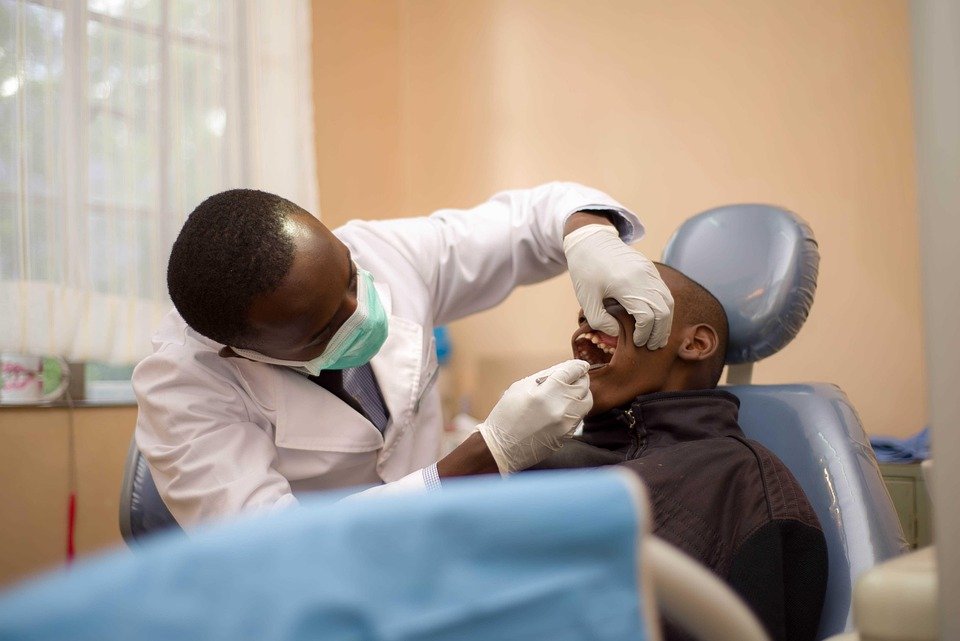What technology is used in online dental education?
Okay, so I’m a dentist considering taking some continuing education courses online, and I’m curious about the tech they use. Is it just recorded lectures like some of the old online courses I took years ago? I’m hoping for something more interactive. I’m particularly interested in knowing if they use things like virtual reality to practice procedures, or haptic feedback devices to simulate the feel of drilling. What platforms are common? And how do they ensure quality – are there proctored exams or something? I’d really like to know what kind of tools and methods are being used to make online dental education as close to hands-on experience as possible. Thanks!
Answer
Online dental education leverages a diverse range of technologies to deliver comprehensive and engaging learning experiences. These technologies aim to replicate, as closely as possible, the hands-on and interactive nature of traditional dental education while offering the flexibility and accessibility of online learning.
Learning Management Systems (LMS):
- Core Platform: LMS platforms like Canvas, Blackboard, Moodle, and D2L Brightspace serve as the central hub for online dental courses.
- Content Delivery: They host course materials, including lecture videos, readings, presentations, and supplementary resources.
- Assessment Tools: LMS platforms facilitate online quizzes, exams, assignment submissions, and grading.
- Communication Features: They provide communication channels such as discussion forums, announcements, and messaging systems for interaction between instructors and students.
- Progress Tracking: LMS tracks student progress, performance, and participation.
Multimedia and Interactive Content:
- Video Lectures: Pre-recorded or live-streamed video lectures delivered by instructors are a fundamental component. These often include screen recordings, animations, and demonstrations.
- Interactive Simulations: Virtual reality (VR) and augmented reality (AR) technologies are increasingly used to simulate dental procedures, allowing students to practice techniques in a risk-free environment. Haptic feedback systems can add a tactile element to these simulations.
- 3D Models: Interactive 3D models of teeth, jaws, and anatomical structures allow students to explore dental anatomy in detail.
- Case Studies: Online case studies present real-world clinical scenarios, challenging students to apply their knowledge and develop diagnostic and treatment planning skills.
- Animations and Graphics: Animations and graphics are used to illustrate complex dental concepts, such as tooth development, occlusion, and periodontal disease progression.
- Virtual Dissections: Virtual dissection platforms allow students to explore anatomical structures without the need for physical cadavers, providing a flexible and ethical alternative.
Communication and Collaboration Tools:
- Video Conferencing: Platforms like Zoom, Microsoft Teams, and Google Meet enable real-time interaction between instructors and students through live lectures, Q&A sessions, and virtual office hours.
- Discussion Forums: Online discussion forums encourage students to collaborate, share ideas, and ask questions related to course content.
- Collaborative Documents: Tools like Google Docs and shared online whiteboards facilitate collaborative projects and group assignments.
Assessment and Evaluation Technologies:
- Online Quizzes and Exams: LMS platforms offer various question types, including multiple-choice, true/false, short answer, and essay questions, for online assessments.
- Automated Grading Systems: Automated grading systems can streamline the assessment process for objective question types, providing immediate feedback to students.
- Video Recording and Submission: Students can record and submit videos of themselves performing dental procedures or presenting case studies for assessment.
- Peer Assessment Tools: Peer assessment tools allow students to evaluate each other’s work, promoting critical thinking and providing valuable feedback.
- Plagiarism Detection Software: Plagiarism detection software helps ensure academic integrity by identifying instances of plagiarism in student submissions.
Specialized Dental Software and Technologies:
- Dental Imaging Software: Online courses may provide access to dental imaging software for viewing and analyzing radiographs, CBCT scans, and other diagnostic images.
- Treatment Planning Software: Students can learn to use treatment planning software to develop comprehensive treatment plans for virtual patients.
- Electronic Health Records (EHR) Systems: Exposure to EHR systems prepares students for managing patient records and documenting treatment in a digital environment.
- CAD/CAM Software: Some online programs may incorporate CAD/CAM software for designing and fabricating dental restorations, such as crowns and bridges.
- Teledentistry Platforms: Teledentistry platforms allow students to participate in virtual consultations and remote patient monitoring, expanding their clinical experience.
Mobile Learning:
- Mobile-Friendly Platforms: Many LMS and educational resources are designed to be mobile-friendly, allowing students to access course materials and participate in activities on their smartphones and tablets.
- Mobile Apps: Dedicated mobile apps provide convenient access to specific course content, simulations, or communication tools.
Accessibility Technologies:
- Screen Readers: Ensuring compatibility with screen readers for visually impaired students.
- Captioning and Transcripts: Providing captions for video lectures and transcripts for audio content to support students with hearing impairments.
- Alternative Text for Images: Including alternative text descriptions for images to make them accessible to screen readers.
- Keyboard Navigation: Designing websites and applications that can be navigated using a keyboard for students with motor impairments.

Post Comment